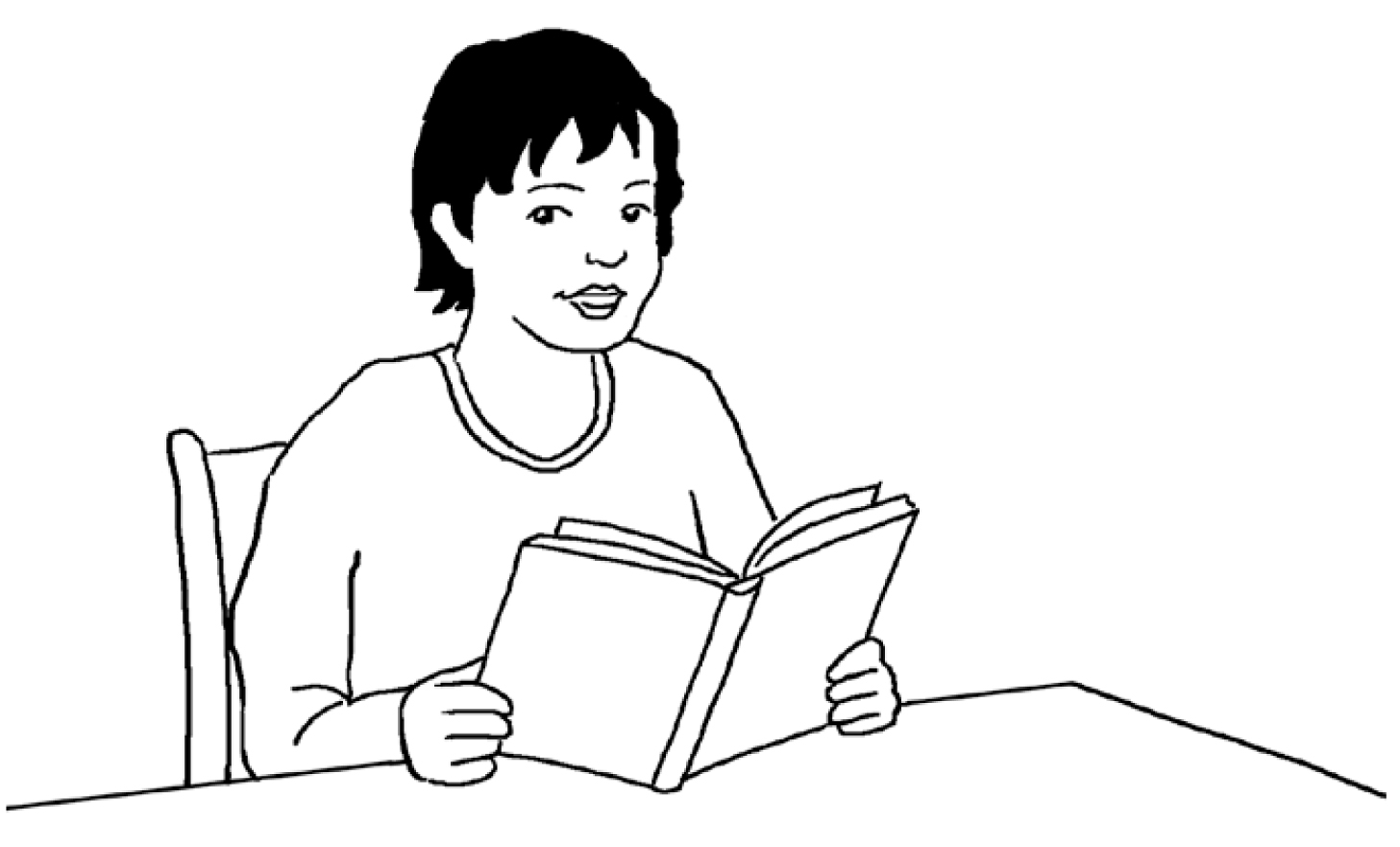Hints:
- The proposal is well suited for HLT, as the different groups in terms of age and proficiency can practice with level-appropriate, different texts. This way, all groups work toward the same goal, but a different levels of expectation.
- There are close connections between reading out loud and the suggestions referenced in volume “Promoting reading in the first language”, see particulary #1 and 10.
Procedure:
- The instructor informs the students about the goal: reading out loud or reciting a poem as expressively as possible. In the end, all students will present their texts, maybe as part of a festival and possibly with an audio recording.
- What does “reading out loud expressively” really mean? This relates closely to the approach in #22 (good/bad example, formulating criteria, based on insights). The presented “narrating-tips” in #22 can easily be modified to tips for reading out loud and reciting (see list on the following page).
- The instructor distributes appropriate, rather short texts. (If the exercise involves various group levels, they must have at least one text each to work with). If one text each could be made available for pairs of students, this variety would render the ensuing reciprocal reading out loud more interesting.
- The students read the text silently and individually. They mark unclear words and phrases, as well as words that are difficult to pronounce. This is followed by a discussion of uncertainties and, perhaps, details about the author or poet.
- The students select three criteria for reading out loud to which they are going to pay particular attention.
- The students read the text out loud on three successive weekdays.
- They also practice in pairs or small groups and provide feedback to each other (Questions: “What turned out well in reading out loud?”, “What can still be improved?”).
- Finally, the students read their texts out loud or recite, either to the whole class, or perhaps at an event, such as a parents‘ evening or a festival. An audio recording (CD, MP3) could be made.
Variants:
- The students can select their own text, either from materials at home, or from books and texts provided by the instructor.
- Students can record their readings and recitations while practicing on their own. Listening to their recordings helps them to assess and improve their pronunciation and flow of reading.

Tips for reading out loud and reciting
- Speak loudly and clearly, so that all can understand you!
- Don’t read too fast, but not too slow either. Make pauses.
- Mind the punctuation marks, emphasize the sentences accordingly!
- Use your voice deliberately, loudly and softly, menacingly, friendly, sadly, happily…
- Include mimicry as well: scowl, make a happy face, move your body to match the action.
- Don’t hide your face behind the text. Always make eye contact with your audience.






